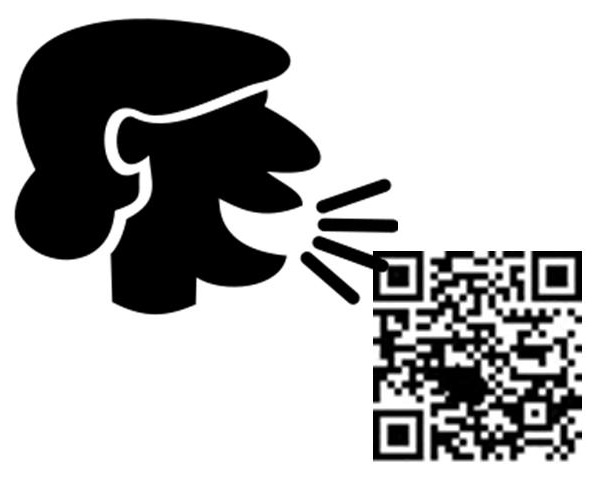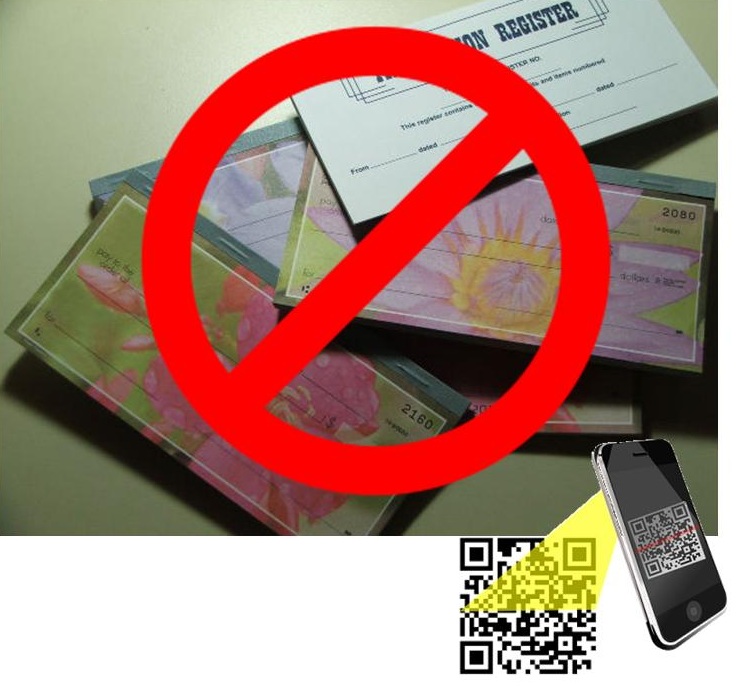The company has released its now pulseM app that allows users to record voice feedback for companies.
Speetra has now released its latest application, the pulseM app, which is a QR code product that allows companies to gather audio feedback from both employees and customers.
The pulseM app’s design allows the activation of comments recording to be as easy as a barcode scan.
Smartphone users can scan specially designed QR codes which launch the pulseM app so that they can begin the recording of their comments and feedback instead of having to take an online survey or complete an online – or paper – form. It provides customers and employees with an immediate location where they can register their compliments, concerns, or complaints for a number of different types of situation.
The QR codes bring the smartphone user directly to the digital location where the feedback can be placed.
 Immediately upon scanning the QR codes, they can record their spoken comments. Within seconds of having completed the recording, the sponsoring company receives this feedback as an audio file. Additional optional analytics are also available to the participating company, which can also have their audio files scanned, sorted, and added to their metrics in terms of keywords and tone (to reflect the sentiment of the message).
Immediately upon scanning the QR codes, they can record their spoken comments. Within seconds of having completed the recording, the sponsoring company receives this feedback as an audio file. Additional optional analytics are also available to the participating company, which can also have their audio files scanned, sorted, and added to their metrics in terms of keywords and tone (to reflect the sentiment of the message).
This will allow companies posting the QR codes to be able to understand just how their employees and customers feel about them on a broad scale and on a more individual basis.
According to the Speetra founder and CEO, Pawan Jaggi, in a prepared statement, “What pulseM does is overcome the problems connected with most feedback options.” Jaggi added that “Customer surveys are usually too involved and fail to capture people’s immediate reactions, and written social media comments can’t accurately capture the person’s tone, such as whether they are being sarcastic or not.”
The app allows a business to present a user with the choice of neutral, happy, or unhappy, in addition to the voice comment that is being left. Specific questions can also be asked, for instance “How was the service that you received, today?”. Employees can be asked what they feel about new policies, procedures, or benefits. The QR codes can also be used for creating text comments as well as voice based.

 This is an opportunity for consumers and billers alike as the use of QR codes to help with bill payments is far less costly than using checks or even cash. The number of billers who will be introducing these barcodes on their paper bills is now about to experience a very rapid rise.
This is an opportunity for consumers and billers alike as the use of QR codes to help with bill payments is far less costly than using checks or even cash. The number of billers who will be introducing these barcodes on their paper bills is now about to experience a very rapid rise.